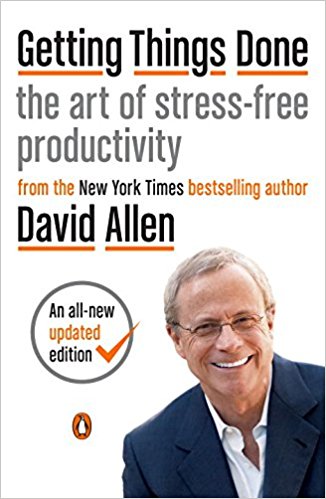“Can you recommend a book for…?”
“What are you reading right now?”
“What are your favorite books?”
I get asked those types of questions a lot and, as an avid reader and all-around bibliophile, I’m always happy to oblige.
I also like to encourage people to read as much as possible because knowledge benefits you much like compound interest. The more you learn, the more you know; the more you know, the more you can do; the more you can do, the more opportunities you have to succeed.
On the flip side, I also believe there’s little hope for people who aren’t perpetual learners. Life is overwhelmingly complex and chaotic, and it slowly suffocates and devours the lazy and ignorant.
So, if you’re a bookworm on the lookout for good reads, or if you’d like to get into the habit of reading, this book club for you.
The idea here is simple: Every week, I’ll share a book that I’ve particularly liked, why I liked it, and several of my key takeaways from it.
I’ll also keep things short and sweet so you can quickly decide whether the book is likely to be up your alley or not.
If you’ve already read a book that I recommend or have a recommendation of your own to share, don’t be shy! Drop a comment down below and let me–and the rest of us “book clubbers”–know!
Lastly, if you want to be notified when new recommendations go live, hop on my email list and you’ll get each new installment delivered directly to your inbox.
Alright. Let’s get to this week’s book: Getting Things Done by David Allen.
If you’d like to know how to get more done every day with less worry, confusion, and stress, then you need to read this book.
Unlike other productivity books that focus mostly on changing specific behaviors, adopting certain attitudes, or cultivating various habits, Getting Things Done is all about getting organized.
Ironically, I think the book itself was rather poorly organized (and too dry and long-winded), but it’s worth the slog.
Its premise is simple: the more organized your mind, work, and life is, the easier it’ll be for you to do the things that you need to do to get the results that you want.
It doesn’t just talk about these things, either — it provides you with a system that you can immediately implement to see how the principles work for you.
The goal of this system (“GTD,” as it has come to be known) is to help you turn anything that has your attention (concerns, worries, problems, issues, tensions, etc.) into achievable outcomes to be executed with concrete next actions.
It’s hugely popular because it’s simple and practical — requiring nothing more than a handful of lists and folders (online or offline), and a calendar — and it pays emotional dividends quickly. Within your first week of using GTD, you’ll probably notice more mental energy and clarity and less friction and stress.
Want to listen to more stuff like this? Check out my podcast!
My 5 Key Takeaways from Getting Things Done
1
There is always more to do than you can do, and you can do only one thing at a time. The key is to feel as good about what you’re not doing as about what you are doing at that moment.
My Note
One of the biggest “secrets” to high productivity is doing what you’re doing when you’re doing it. That’s why multitasking sucks, and why the inability to fully concentrate on one task for long periods of time makes it impossible to produce a lot of high-quality work.
2
I suggest that you use your mind to think about things, rather than think of them. You want to be adding value as you think about projects and situations, not creating stress by simply reminding yourself they exist and you need to do something about them.
My Note
You might be surprised at how much energy and attention you waste every day on maintaining a mental laundry list of to-do’s and don’t-forget’s — energy and attention that could be used creatively and productively, instead.
3
Your work is to discover your work and then with all your heart to give yourself to it. — Buddha
My Note
As someone who loved Robert Greene’s Mastery and Mihaly Csikszentmihalyi’s Flow, this quote resonated with me. 🙂
4
Doing a straightforward, clear-cut task that has a beginning and an end balances out the complexity-without-end that often vexes the rest of my life. Sacred simplicity.
My Note
I’ve always found that work can be both a refuge from and antidote to the chaoses and complexities of life. No matter what’s giving me trouble in my life, staying productive always helps me better deal with it.
5
You often need to make it up in your mind before you can make it happen in your life.
Many of us hold ourselves back from imagining a desired outcome unless someone can show us how to get there. Unfortunately, that’s backward in terms of how our minds work to generate and recognize solutions and methods.
My Note
Positive visualization may or may not actually help you accomplish your goals, but clearly and completely outlining and envisioning desired results before taking action or even figuring out what action to take is commonsensical but rarely done.











